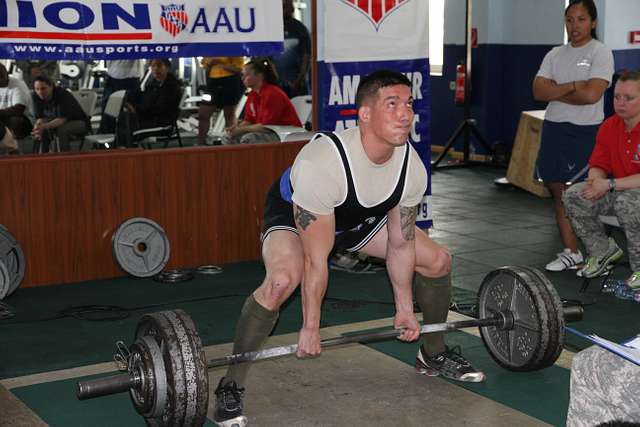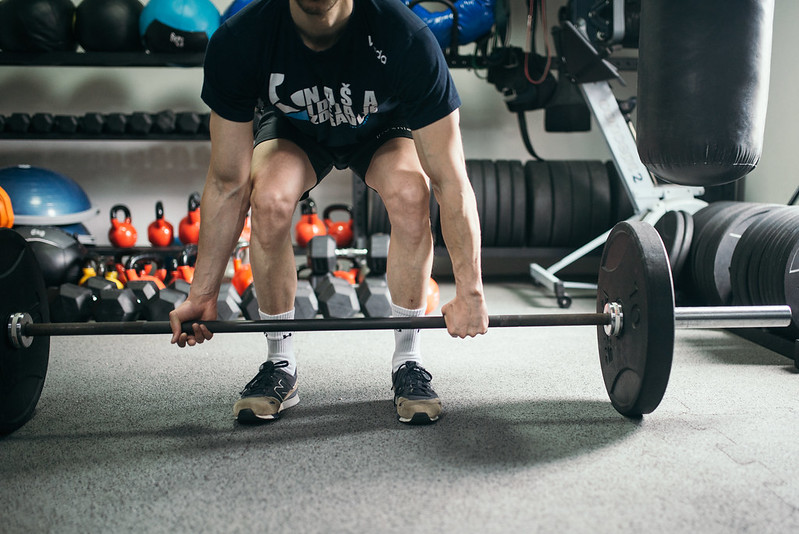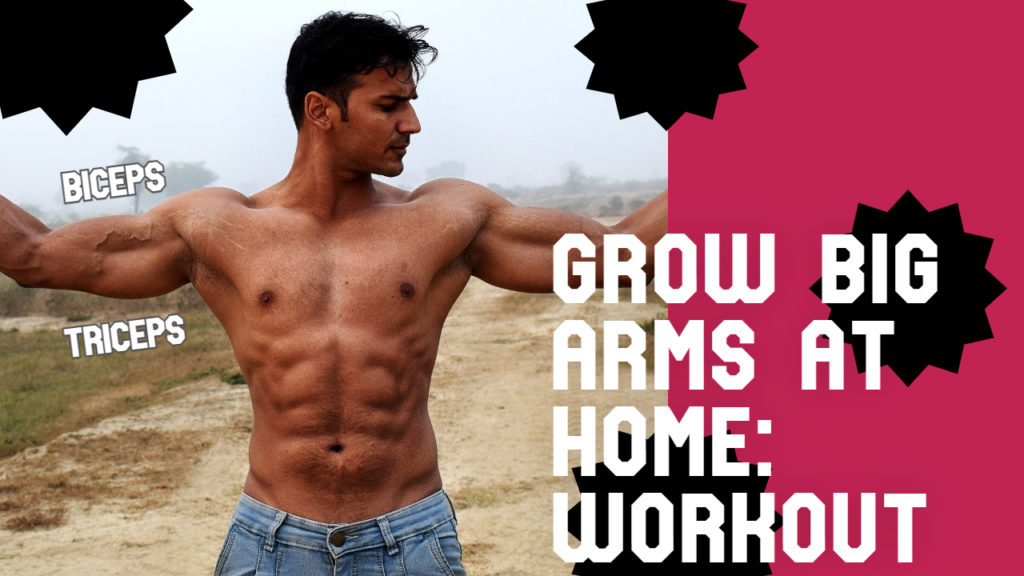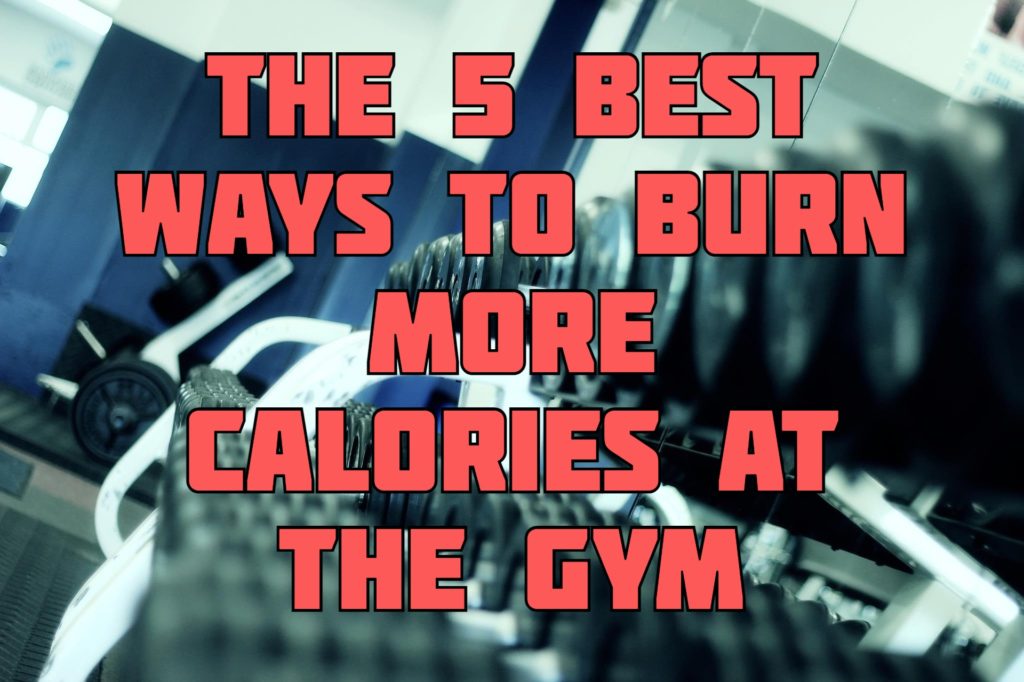Deadlifting is one of the best ways to build strength. The deadlift is a compound lift that can be performed in a variety of different variations, which are each designed to focus on specific muscle groups or body parts. You must use proper form and technique when performing any type of deadlift variation including sumo and conventional. Proper form will help protect your back while also maximizing gains in strength and size.
There are two main types of deadlifts: sumo and conventional. The sumo style utilizes a wider stance than the conventional style by standing outside rather than inside the arms during the lift phase. Due to its wide stance, sumo-style lifting places more emphasis on the quadriceps, hips, and glutes.
Steps to Perform a Sumo Deadlift:
– Place your feet roughly two to three times wider than shoulder-width.
– Keep your head up and maintain a natural arch in the back (do not bend forward).
– Bend over and grab the bar; keep your arms straight throughout the movement.
– Keep the bar close to your body throughout the lift.
– Lift with your legs almost as if you are sitting in a chair and thrust your hips to the bar when you are in a standing position.
-Set the bar down gently and reset to perform another rep. Remember to bend your legs and not your back as you set down the bar.


Steps to Perform a Conventional Deadlift:
– Stand over the bar with your mid-foot under it. Your toes should be pointed almost straightforward
– Bend down with your legs and grasp the bar with a shoulder-width grip, arms straight throughout the movement.
– Keep head up and maintain a natural arch in the back (do not bend forward).
– Do not allow your hips to move forward or backward during the lift.
– Lift with your legs almost as if you are sitting in a chair and thrust when standing upright.
-Set the bar down gently and reset to perform another rep. Remember to keep your back from slumping as you set down the bar


Unique Muscles Targeted
Both deadlifts generally target the same body parts but let’s highlight the main reasons you would choose one exercise over the other:
Sumo Deadlifts – Muscle Targets
- Glutes
- Quadriceps
- Lower back
- Traps
Conventional Deadlifts – Muscle Targets
- Hamstrings
- Lats
- Glutes
Should you use a Belt?
Both conventional and sumo deadlifts can be performed with or without belts. Belts are used to help support the lower back during heavy lifts (e.g., 1-3 reps 85-100%). Your core muscles, which are all around your midsection, help stabilize you during the lift. If you use a belt, your core will not be worked. Be sure to maintain proper posture at all times if you decide to forfeit the belt.
Which Deadlift Can You Lift More With?
A conventional deadlift involves the use of a narrower stance which usually makes your build as a sumo-lifter more favorable as you will be stronger off the ground. The sumo style allows for people with shorter torsos to lift heavier weights without rounding their back, due to its wider stance and upright torso. Many powerlifters opt for the sumo deadlift as the range of motion is shorter. You will see many powerlifters compete with this stance because of this reason.
It is important to train both types of deadlifts in order for all strands of muscles to be worked at different angles. Make sure to follow each step so that you do not injure yourself and wear a belt with heavier weights.


